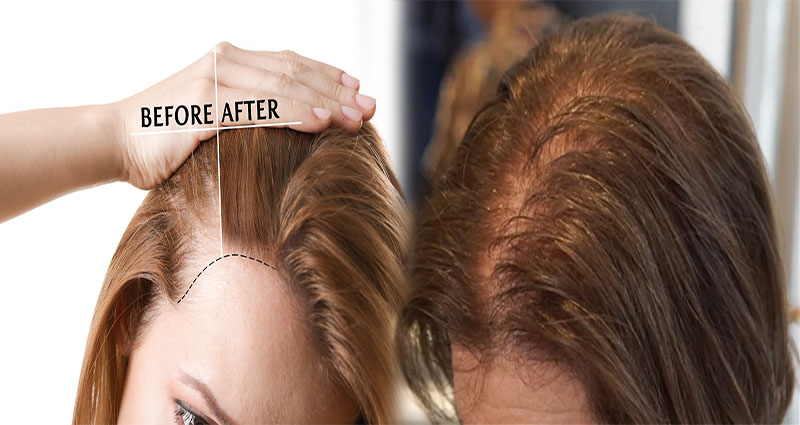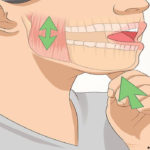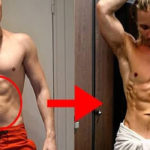If you are trying to regrow thinning hair, you are not alone. There are a number of different causes of thinning hair, and many different solutions to help you regrow your tresses. Here are some tips for you to follow in order to get back your full, healthy strands of hair.
Minoxidil
Minoxidil has been shown to help regrow thinning hair in some women. It’s a topical solution that is applied to the scalp. However, it can cause side effects.
Minoxidil works by dilating blood vessels to increase blood flow to the hair follicle. This increases the size of the follicle and encourages new hair growth. The effect is noticeable after about 24 weeks.
When applying minoxidil, it’s important to massage the formula into the scalp. It’s also important not to wash your hair for a few hours after applying the formula.
Leaving greasy residue on your scalp can result in dryness and itching.
A few common side effects of using minoxidil include redness and scalp irritation. If you experience any of these, stop using the product immediately.
Natural treatments
A number of factors contribute to hair loss, from genetics to medications and stress. If you’ve already lost your hair, you’ll be glad to know there are a number of natural treatments available. They can be found in the form of shampoos, topical supplements, and other miscellaneous items.
Thankfully, most of these methods are free and won’t leave you with a red and irritated scalp. It’s also a good idea to consult with your GP before trying any of these remedies. Depending on your specific case, a doctor could suggest a hair restoration procedure or you may be best served with a simple head massage or two.
Some of the better options are actually available over the counter. For instance, minoxidil is a great drug to consider if you are on the hunt for a solution to thinning hair. This treatment should be applied with the utmost of care, however.
Genetics
It’s no secret that genetics play a major role in hair loss. The good news is that you can reverse this trend with the right regimen. A healthy diet and plenty of exercise are proven to boost your locks and prevent future damage. In addition, medical treatments like finasteride can do the same trick for you. For more information, check out my latest blog post. If you’re lucky enough to find a trichologist, they’ll be able to tell you if you’re eligible for treatment.
While you’re at it, don’t forget to check out my upcoming blog post. I’m going to do a series of posts about different types of hair loss, so you can get the facts straight from the source. From here, you’ll be able to make the best decisions about your future.
Hormone changes
During menopause, hormone changes can cause thinning hair in women. In fact, two-thirds of postmenopausal women experience some form of thinning hair.
Menopause can be a trigger for thinning hair because it can decrease progesterone and estrogen levels.
Progesterone is a hormone in the body that helps to keep the bones strong and the hair healthy. Estrogen helps to keep the hair in the anagen phase, allowing it to grow. Both are also responsible for menstruation.
In the body, androgen hormones, or male hormones, are present in larger quantities than female hormones. These hormones play a large role in determining the health of the hair. High levels of testosterone can contribute to thinning hair by disrupting the natural hair growth cycle. The hormone DHT is synthesized from testosterone and has a direct effect on the hairline.









